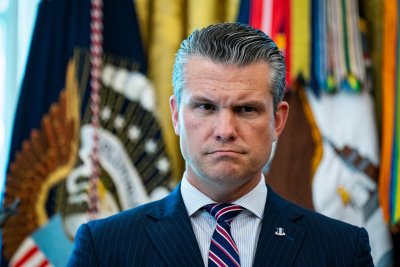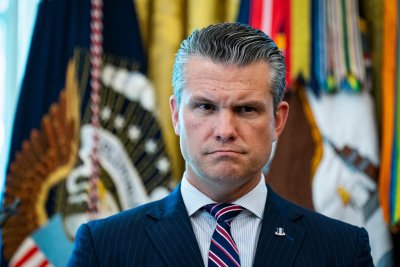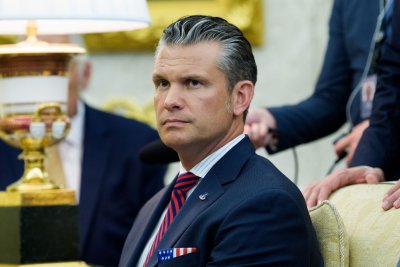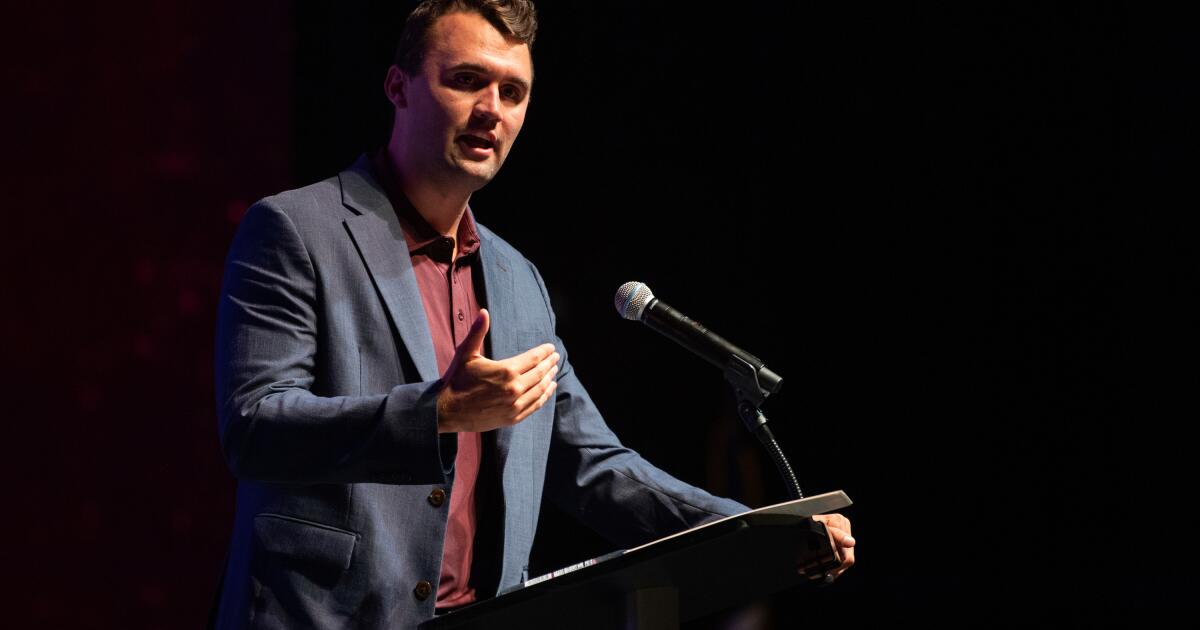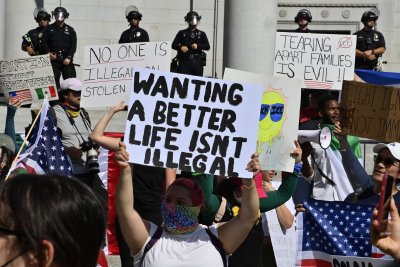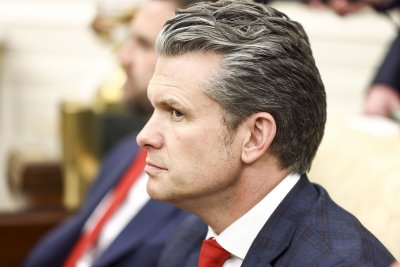NEW YORK — In the days since the fatal shooting of conservative activist Charlie Kirk, workers in a variety of industries have been fired for their comments on his death.
It’s hardly the first time workers have lost their jobs over things they say publicly — including in social media posts. In the U.S., laws can vary across states, but overall, there’s very few legal protections for employees who are punished for speech made in or out of private workplaces.
“Most people think they have a right to free speech … but that doesn’t necessarily apply in the workplace,” said Vanessa Matsis-McCready, associate general counsel and vice president of HR Services for Engage PEO. “Most employees in the private sector do not have any protections for that type of speech at work.”
Add to that the prevalence of social media, which has made it increasingly common to track employees’ conduct outside of work or for internet users to publish information about them with the intent of harming or harassing them.
Employers have leeway
Protections for workers vary from one state to the next. In New York, if an employee is participating in a weekend political protest, but not associating themselves with the organization that employs them, their employer cannot fire them for that activity when they return to work. But if that same employee is at a company event on a weekend and talks about their political viewpoints in a way that makes others feel unsafe or the target of discrimination or harassment, then they could face consequences at work, Matsis-McCready said.
Most of the U.S. defaults to “at-will” employment law — which essentially means employers can choose to hire and fire as they see fit, including over employees’ speech.
“The 1st Amendment does not apply in private workplaces to protect employees’ speech,” said Andrew Kragie, an attorney who specializes in employment and labor law at Maynard Nexsen. “It actually does protect employers’ right to make decisions about employees, based on employees’ speech.”
Kragie said there are “pockets of protection” around the U.S. under various state laws, such as statutes that forbid punishing workers for their political views. But the interpretation of how that gets enforced changes, he notes, making the waters murky.
Steven T. Collis, a law professor at the University of Texas at Austin and faculty director of the school’s Bech-Loughlin First Amendment Center, also points to some state laws that say employers can’t fire their workers for “legal off-duty conduct.” But there’s often an exception for conduct seen as disruptive to an employer’s business or reputation, which could be grounds to fire someone over public comments or social media posts.
“In this scenario, if somebody feels like one of their employees has done something that suggests they are glorifying or celebrating a murder, an employer might still be able to fire them even with one of those laws on the books,” Collis said.
For public employees, including school teachers, postal workers and elected officials, the process is a bit different. That’s because the 1st Amendment plays a unique role when the government is the employer, Collis explains — and the Supreme Court has ruled that if an employee is acting in a private capacity but speaking on a matter of public concern, they’re protected.
However, that has yet to stop the public sector from restricting speech in the aftermath of Kirk’s death. For instance, leaders at the Pentagon unveiled a “zero tolerance” policy for any posts or comments from troops deemed to be making light of or celebrating the killing of Kirk.
The policy, announced by the Defense Department’s top spokesman, Sean Parnell, on social media Thursday, came hours after numerous conservative military influencers and activists began forwarding posts they considered problematic to Parnell and his boss, Defense Secretary Pete Hegseth.
“It is unacceptable for military personnel and Department of War civilians to celebrate or mock the assassination of a fellow American,” Parnell wrote Thursday, referring to the Department of Defense by the name adopted recently by President Trump.
A surge of political debate
The ubiquity of social media is making it easier than ever to share opinions about politics and major news events as they’re unfolding. But posting on social media leaves a record, and in times of escalating political polarization, those declarations can be seen as damaging to the reputation of an individual or their employer.
“People don’t realize when they’re on social media, it is the town square,” said Amy Dufrane, chief executive of the Human Resource Certification Institute. “They’re not having a private conversation with the neighbor over the fence. They’re really broadcasting their views.”
Political debates are certainly not limited to social media and are increasingly making their way into the workplace as well.
“The gamification of the way we communicate in the workplace — Slack and Teams, chat and all these things — they’re very similar to how you might interact on Instagram or other social media, so I do think that makes it feel a little less formal and somebody might be more inclined to take a step and say, ‘Oh, I can’t believe this happened,’” Matsis-McCready said.
Many employers unprepared
In the tense, divided climate in the United States at the moment, many human resource professionals have expressed that they’re unprepared to address politically charged discussions in the workplace, according to the Human Resource Certification Institute. But those conversations are going to happen, so employers need to set policies about what is acceptable or unacceptable workplace conduct, Dufrane said.
“HR has got to really drill down and make sure that they’re super clear on their policies and practices and communicating to their employees on what are their responsibilities as an employee of the organization,” Dufrane said.
Many employers are reviewing their policies on political speech and providing training about what appropriate conduct looks like, both inside and outside the organization, she said. And the brutal nature of Kirk’s killing may have led some of them to react more strongly in the days since his death.
“Because of the violent nature of what some political discussion is now about, I think there is a real concern from employers that they want to keep the workplace safe and that they’re being extra vigilant about anything that could be viewed as a threat, which is their duty,” Matsis-McCreedy said.
Employees can also be seen as ambassadors of a company’s brand, and their political speech can dilute that brand and hurt its reputation, depending on what is being said and how it is being received. That is leading more companies to act on what employees are saying online, she said.
“Some of the individuals that had posted and their posts went viral, all of a sudden the phone lines of their employers were just nonstop calls complaining,” Matsis-McCready said.
Still, experts such as Collis don’t anticipate a significant change in how employers monitor their workers’ speech — noting that online activity has been in the spotlight for at least the last 15 years.
“Employers are already — and have been for a very long time — vetting employees based on what they’re posting on social media,” he said.
Bussewitz and Grantham-Philips write for the Associated Press. AP writer Konstantin Toropin in Washington contributed to this report.

